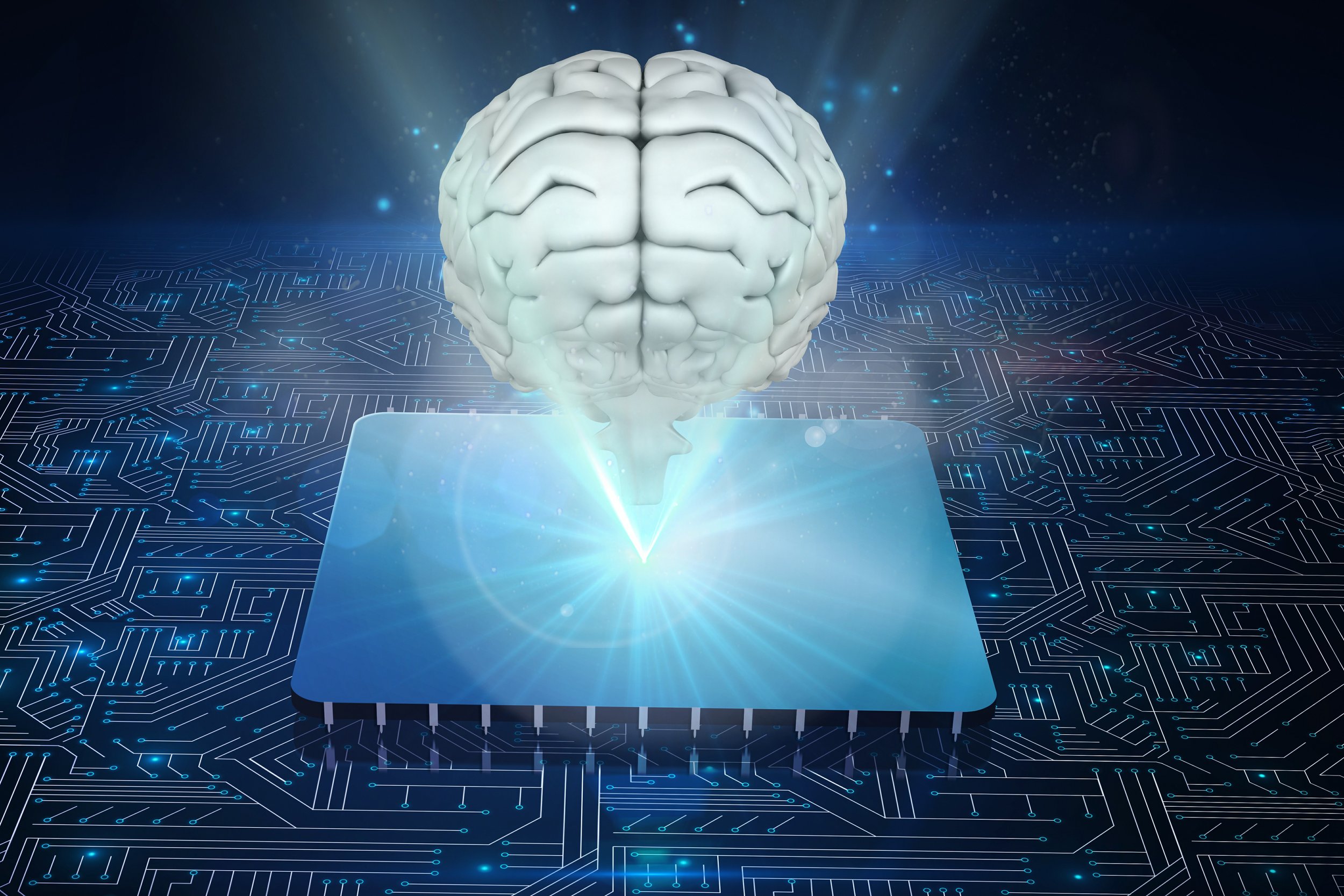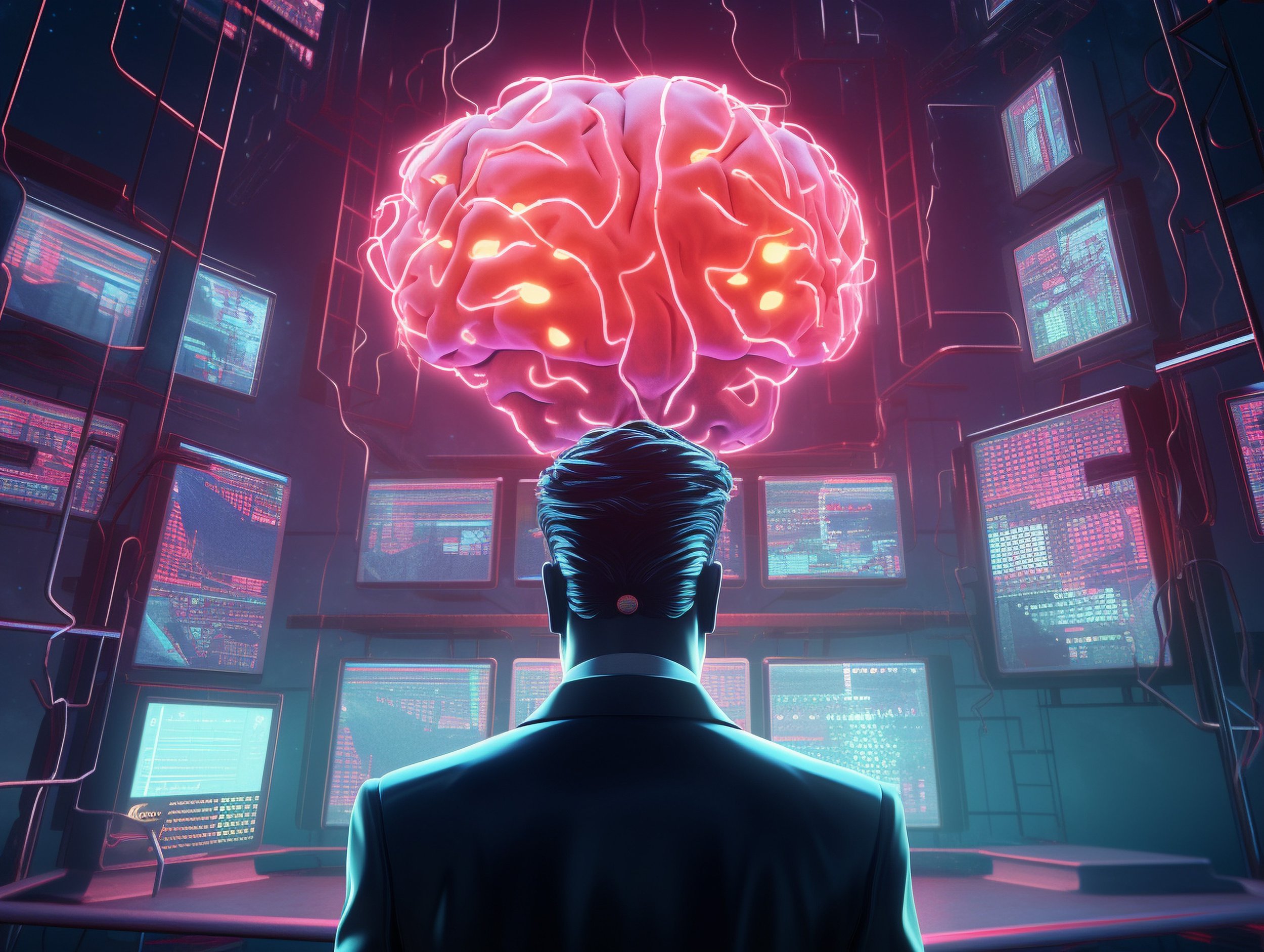TechNews
Latest updates and insights on tech.

Voice Assistants: Evolution
This Article explores the remarkable evolution of voice assistants, delving into the technical advancements that have fueled their rise and the expanding capabilities in natural language understanding (NLU) that underpin their functionality. We examine how voice assistants have progressed from basic voice recognition to engaging in natural conversations, and how they are increasingly integrated into our daily lives, Voice assistants have rapidly transformed from rudimentary tools to sophisticated interfaces capable of natural language understanding and complex task completion.

Hybrid Cloud: Scalable IT
This Article explores the future prospects of hybrid cloud environments, examining the advantages they offer for businesses. We delve into the functionalities of hybrid cloud architectures, the driving forces behind their adoption, and the key considerations for successful implementation. Additionally, we address the challenges associated with hybrid cloud environments, including security concerns, management complexity, and vendor lock-in, The ever-growing demands of digital transformation are pushing organizations to re-evaluate their IT infrastructure. While public clouds offer scalability and cost-effectiveness, concerns around security and data privacy persist. Hybrid cloud environments emerge as a compelling solution, combining the benefits of both public and private cloud infrastructures.

ML in Financial Fraud
This Article explores the role of machine learning in fraud detection within the financial sector. We examine how ML algorithms can detect anomalies, classify transactions, and predict fraudulent behavior. We delve into the various types of ML algorithms used for fraud detection, highlighting their strengths and limitations. Additionally, the article addresses the challenges associated with implementing MLbased fraud detection systems, including data quality, model interpretability, and the evolving nature of fraud tactics. We conclude by discussing the future prospects of machine learning in financial fraud detection and the ongoing efforts to address its limitations, Financial fraud poses a significant threat to the financial services industry, leading to substantial financial losses and reputational damage. Machine learning (ML) algorithms have emerged as powerful tools for combating fraud, offering the ability to analyze vast amounts of data and identify complex patterns indicative of fraudulent activity.

Bioprinting in Regenerative Medicine
This Article explores the current state of bioprinting, examining its potential applications in regenerative medicine. We delve into the core functionalities of bioprinting systems, the types of bioinks used, and the current progress in printing various tissues and organs. Additionally, the article addresses the challenges and considerations associated with bioprinting, including bioink development, vascularization, and scalability. We conclude by discussing the future prospects of bioprinting and its potential to revolutionize the field of regenerative medicine, Traditional organ transplantation faces significant challenges due to donor organ scarcity and immunological incompatibility. Bioprinting, a rapidly evolving technology, offers a promising solution. It leverages 3D printing techniques to create functional tissues and organs by precisely depositing living cells and biomaterials.

Digital Twins in Manufacturing
This Article explores the concept of digital twins in manufacturing, examining their functionalities and potential benefits. We delve into the different types of digital twins, including asset twins, process twins, and product twins, highlighting their unique applications in various manufacturing contexts. The article further explores how digital twins can be leveraged to enhance operational efficiency, improve product quality, and predict equipment failures. Additionally, the challenges and considerations associated with implementing digital twin technology are addressed. We conclude by discussing the future prospects of digital twins and their potential to transform the manufacturing industry, The rise of Industry 4.0, characterized by smart manufacturing and increased connectivity, has introduced innovative tools to optimize production processes. Digital twins, virtual representations of physical assets, are emerging as a game-changer in this landscape.
Emerging Cybersecurity Trends
This Article explores emerging trends in cybersecurity defenses, highlighting new technologies and strategies designed to strengthen the digital frontier. We delve into the growing importance of artificial intelligence (AI) and machine learning (ML) in threat detection and response, the expanding role of blockchain technology in securing data, and the rise of deception technologies to outmaneuver attackers. Additionally, the article addresses the increasing focus on securing the Internet of Things (IoT) and the need for global collaboration in combating cybercrime, The ever-evolving cyber threat landscape demands continuous innovation in cybersecurity strategies. Traditional defense methods are often insufficient against increasingly sophisticated attacks.

Smart Farming Technology
This Article discusses the challenges associated with implementing smart farming solutions, including cost, data security, and the digital divide, The agricultural sector faces significant challenges in the 21st century, including increasing food demand, climate change, and resource scarcity. Smart farming, the integration of advanced technologies into agricultural practices, offers a promising solution. This article explores how various smart farming technologies, such as sensors, drones, and artificial intelligence (AI), are revolutionizing agriculture. We delve into the functionalities of these technologies and their applications in various agricultural tasks, highlighting their potential to enhance productivity, resource efficiency, and environmental sustainability. Additionally,

Future of Telemedicine
the Article explores the potential future advancements of telemedicine technologies, including the integration of artificial intelligence (AI), virtual reality (VR), and the rise of wearable devices. Challenges and considerations associated with the widespread adoption of telemedicine, such as regulatory hurdles, reimbursement issues, and the digital divide, are also addressed, Telemedicine, the practice of providing healthcare services remotely using telecommunications technology, has transformed the healthcare landscape. This article delves into the evolution of telemedicine, exploring its historical roots and the technological advancements that have propelled its growth. We examine the current applications of telemedicine in various healthcare specialties, highlighting its benefits for patients and healthcare providers alike. Additionally,

VR in CBT
This Article explores the application of VR in CBT, examining how it creates safe and controlled environments for exposure therapy, anxiety management, and skills training. We discuss the current research on the efficacy of VR-based CBT and its potential benefits for various mental health conditions. Challenges associated with VR adoption in therapy settings, such as cost and accessibility, are also addressed. Finally, the article explores the future directions of VR-based CBT and its potential to revolutionize mental healthcare delivery, Cognitive Behavioral Therapy (CBT) is a well-established form of psychotherapy that has been proven effective in treating a wide range of mental health conditions. However, traditional CBT methods may have limitations, particularly in exposing patients to feared situations. Virtual Reality (VR) technology offers a novel and immersive approach to address these limitations.
Innovative E-Waste Recycling
This article explores innovative approaches to e-waste recycling that address these challenges and promote sustainability. We discuss advanced sorting techniques utilizing robotics and artificial intelligence (AI), biotechnologies for metal extraction, and chemical advancements for safer processing. Additionally, the article examines the importance of responsible e-waste management practices, including product design for recyclability and extended producer responsibility (EPR) schemes, Electronic waste (e-waste) is one of the fastest-growing waste streams globally, posing environmental and health risks due to improper disposal. Traditional e-waste recycling methods often involve manual disassembly and hazardous material separation, raising concerns about worker safety and environmental impact.

Autonomous Weapons: Ethical Debates
This article explores the arguments surrounding the morality of autonomous weapons, examining the potential benefits and risks associated with their use. We discuss the philosophical considerations regarding the delegation of life-or-death decisions to machines, the potential for unintended consequences and escalation, and the legal and accountability issues surrounding autonomous warfare, The development and potential deployment of Lethal Autonomous Weapons Systems (LAWS), often referred to as "killer robots," raise profound ethical concerns, Additionally, the article examines the global perspectives on LAWS, highlighting the ongoing debate and international calls for regulation.

Exploring Neural Network Complexity
This article explores the complexity and potential of various neural network architectures. We delve into the fundamental building blocks of NNs, including perceptrons, activation functions, and learning algorithms. Subsequently, we explore different types of architectures, including feedforward networks, convolutional neural networks (CNNs), recurrent neural networks (RNNs), and deep learning architectures. We discuss the strengths and limitations of each architecture and showcase their diverse applications in various fields. Finally, the article examines emerging trends and future directions in neural network research,
Neural networks (NNs) are a powerful class of machine learning algorithms loosely inspired by the structure and function of the human brain. These networks consist of interconnected nodes, or artificial neurons, that process information and learn from data.

Rise of Cognitive Automation
This article explores the concept of cognitive automation, delving into its key components, benefits, and potential applications. It also examines the challenges and considerations associated with this evolving technology,
Robotic Process Automation (RPA) has transformed the landscape of business process automation by automating repetitive, rule-based tasks. However, RPA's capabilities are limited when it comes to handling complex, unstructured data or making decisions that require reasoning. Cognitive automation emerges as the next step in automation evolution, combining RPA with artificial intelligence (AI) to create intelligent digital workers.

Edge IoT Security
the article discusses the challenges and considerations associated with implementing edge computing for IoT security, The Internet of Things (IoT) is rapidly expanding, connecting billions of devices and generating vast amounts of data. However, this interconnectedness presents significant security challenges. Traditional cloud-centric architectures can introduce latency, expose data to vulnerabilities during transmission, and create a single point of failure. Edge computing emerges as a promising solution, processing data closer to its source at the network's edge. This article explores the role of edge computing in enhancing IoT security. We examine the limitations of cloud-based approaches, delve into the security benefits of edge computing, and explore its applications in securing various IoT deployments. Additionally,

Health Monitoring Wearables
This article explores the potential of advanced sensors and algorithms to revolutionize health monitoring wearables. We examine the use of biosensors for non-invasive monitoring of vital signs and biochemical markers. We delve into the role of machine learning algorithms in processing and analyzing wearable data, enabling real-time health insights and disease prediction. Finally, the article discusses the challenges and opportunities associated with this evolving technology, The surge in popularity of health monitoring wearables has transformed the concept of selfmonitoring health. These devices offer continuous data collection on various physiological parameters, empowering individuals to be more proactive about their well-being. However, current wearables have limitations in their capabilities.

Generative Deep Learning
This article delves into the concept of generative models, exploring their core principles and the various techniques employed, with a particular focus on Generative Adversarial Networks (GANs). We discuss the applications of generative models in creating realistic images, sounds, and even text formats, highlighting their potential to revolutionize various creative industries and scientific research fields, Deep learning has revolutionized various fields by enabling machines to learn complex patterns from data. However, a significant limitation of traditional deep learning models lies in their focus on classification or prediction tasks. Generative models, a subfield of deep learning, address this gap by learning the underlying distribution of data and generating entirely new samples that resemble the training data.

5G and Emerging Technologies
This article explores the transformative impact of 5G on various emerging technologies, analyzing how its unique features empower advancements in Augmented Reality (AR), Virtual Reality (VR), the Internet of Things (IoT), and autonomous vehicles. We examine how 5G fosters seamless data exchange, real-time interactions, and high-fidelity experiences within these domains, paving the way for innovative applications and advancements, The emergence of 5G technology marks a significant leap forward in mobile communication. This next-generation network boasts superior capabilities compared to its predecessors, offering vastly improved data speeds, ultra-low latency, and significantly higher network capacity.

IoT Growth Challenges
This article delves into the complexities of scaling IoT deployments, exploring the limitations of current infrastructure and the challenges that arise in managing, securing, and processing data from a vast network of interconnected devices. We discuss various solutions and strategies to address these challenges, including advancements in network architectures, data management techniques, and device security protocols. By outlining these challenges and potential solutions, this article aims to guide the development of robust and scalable IoT ecosystems capable of supporting the ever-growing demands of a hyperconnected future, The Internet of Things (IoT) has emerged as a transformative force, connecting physical devices to the digital world and fostering a revolution in data collection, automation, and connectivity. However, as the number of connected devices explodes towards billions, a critical challenge emerges: scalability.

Autonomous Vehicles: Future
This article explores the technological advancements leading to AV development, delves into the ethical dilemmas surrounding decision-making in critical situations, and analyzes the evolving regulatory landscape. By acknowledging these challenges and fostering collaborative solutions, we can navigate a path towards a future where AVs provide safe, ethical, and responsible transportation, Autonomous vehicles (AVs), also referred to as self-driving cars, represent a transformative technology with the potential to revolutionize transportation. These vehicles, equipped with advanced sensors, software, and processing capabilities, promise a future of increased safety, reduced traffic congestion, and improved accessibility. However, the widespread adoption of AVs necessitates careful consideration of ethical and regulatory challenges.

Biometric Authentication
This article delves into the advancements in biometric authentication technologies beyond traditional fingerprint and facial recognition. We explore emerging modalities such as vein recognition, voice recognition, and gait recognition, analyzing their strengths, weaknesses, and potential applications. Additionally, the article discusses the challenges and considerations surrounding the adoption of these technologies, including privacy concerns, security vulnerabilities, and interoperability issues. By fostering innovation and addressing these challenges, we can unlock the full potential of biometric authentication for a more secure and user-friendly digital future, Biometric authentication technologies are revolutionizing the way we verify our identities in the digital world. By leveraging unique biological and behavioral characteristics, these systems offer enhanced security and convenience compared to traditional methods like passwords and tokens.
